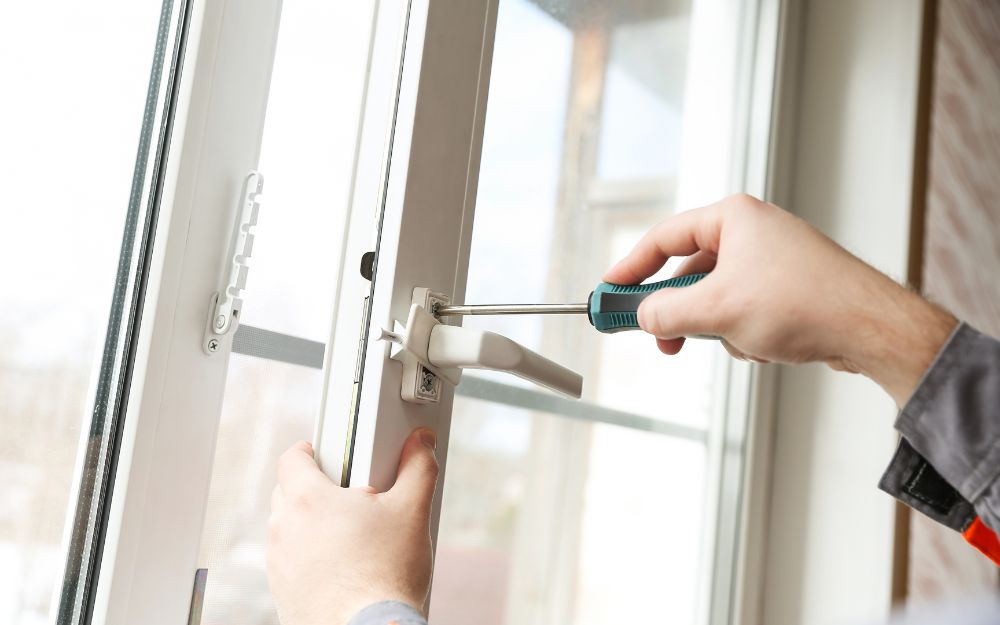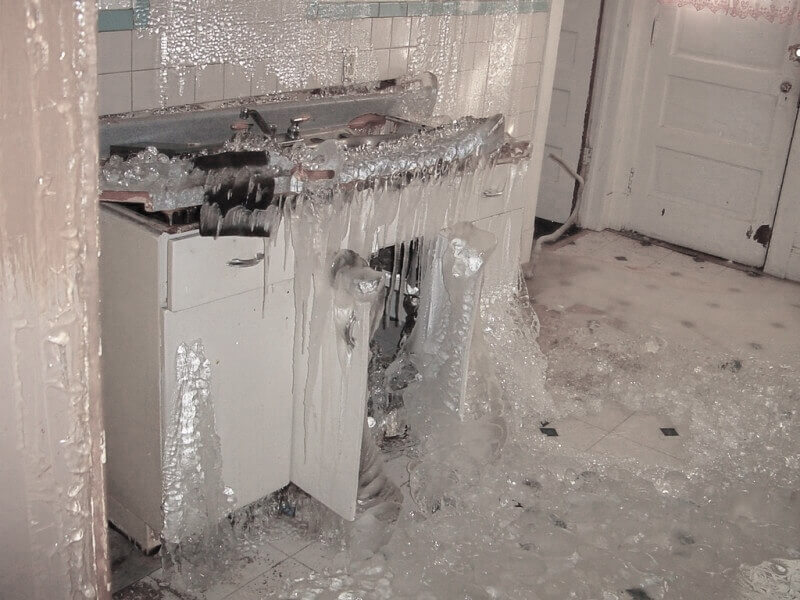Despite their sometimes repulsive aspect, wasps, bats, ants or even spiders all have an important…

Home air quality test: do you really need it?
Frequent colds, bronchitis, skin irritation, itchy eyes, nosebleeds, etc. All symptoms that you or your family may be experiencing. Worried, you look for information and come to doubt the indoor air quality of your home and the potential presence of mold. You could then be tempted to ask for an air quality test to confirm the presence of mold and provide solutions. Wait! Read our house chronicle to find out what actions are needed when you face an indoor air quality problem and avoid unnecessary expenses.
Do you need a home air quality test?
Let our building specialists help you get to
the bottom of your poor air quality problem!
In our North American homes, the presence of mold is probably the most chronic problem we encounter and its effects on health can be very serious. That’s why several laboratories and companies, such as Legault-Dubois, offer on the market the possibility of having an indoor air analysis carried out to discover the existence of spores that betray the presence of mold in the building. But what are these home air quality tests and what are their efficiencies?
An home air quality test consists of taking a sample of the air or dust in your home for analysis by a specialized laboratory. Depending on the type of sample taken, the laboratory will culture the sample received and determine, after a certain waiting period, the type of mold that may be present in the building and its concentration. But what to do next? Identifying the type of bacteria or mold present in your indoor space does not give you the cause of its proliferation or how to get rid of it permanently. According to Health Canada¹, given the lack of exposure guideline values, air test results for mold in indoor air cannot be used to assess the health risks to occupants of these buildings. The mold must be removed according to a specific procedure and the problem causing the proliferation of these molds must be solved, regardless of the name of the mold. This position of Health Canada can be summarized like this: “If you see mold, you eliminate it and make sure it does not come back, whatever its name!”
It should also be understood that performing an home air quality test is ineffective in many cases because of factors that influence the test results. For example, if you do you an air test during winter and you have just entered a load of firewood into your basement for your fireplace during the cold season, you do not want to do an air test because the result will certainly say that there is presence of mold spores in your indoor air given the presence of wood, even if the rest of your building is healthy. Another example, if you found mold visible on the interior surfaces of your home, it is certain that the air test will inform you of the presence of these spores, even your eyes confirmed it. The only additional information that the test will let you know is the name of this mold. Once again, knowing its name will not tell you how to solve the cause of its proliferation to avoid its reappearance.
In addition, there are many sources of indoor air contaminants that affect its quality and our health. These contaminants are usually categorized into five broad categories: tobacco (second-hand smoke), biological contaminants such as mold, chemical contaminants such as paints and odors, products of combustion, and heavy metals such as lead or mercury. However, an air test accessible on the market will only identify the presence of mold and bacteria.
So what should you do if you doubt the quality of the air in your home? Although we offer air analysis services, Legault-Dubois recommends first to have a complete investigation of air contaminants carry out by a specialized inspector. The specialist will conduct a visual and instrumented inspection of the building in search of anything that could affect the air quality of your home. He will look for mold and their causes, evaluate the renewal of fresh air in the building, the hazards associated with the backflow of gases from combustion appliances and will identify chemical contaminants that are harmful to your health. In most cases, such an investigation eliminates the need for air analysis since the inspector will have discovered the problems and formulated the solutions.
But what is the purpose of home air quality test for mold then? One will perform these tests in the case of a legal expertise, where the type of mold encountered must be proven before the judge. These tests will also be used to prove that the work done by a decontamination company were well done. Finally, air analyzes could be carried out when a complete investigation will not have made it possible to discover the presence of mold while the doubt remains. This latter situation is however quite rare.
Considering all of this, a complete inspection of the building by a specialist in air quality investigation is much more useful and relevant than an air test alone. An experienced investigator will be able to determine several types of contaminants, the damage caused by the mold and the actions to be taken, which a laboratory report alone cannot do.
Contact us to learn more about our air quality investigation service and see all the benefits that finding causes can bring you!
¹ Source : Residential Indoor Air Quality Guidelines – Health Canada
Do you need a home air quality test?
Let our building specialists help you get to
the bottom of your poor air quality problem!


